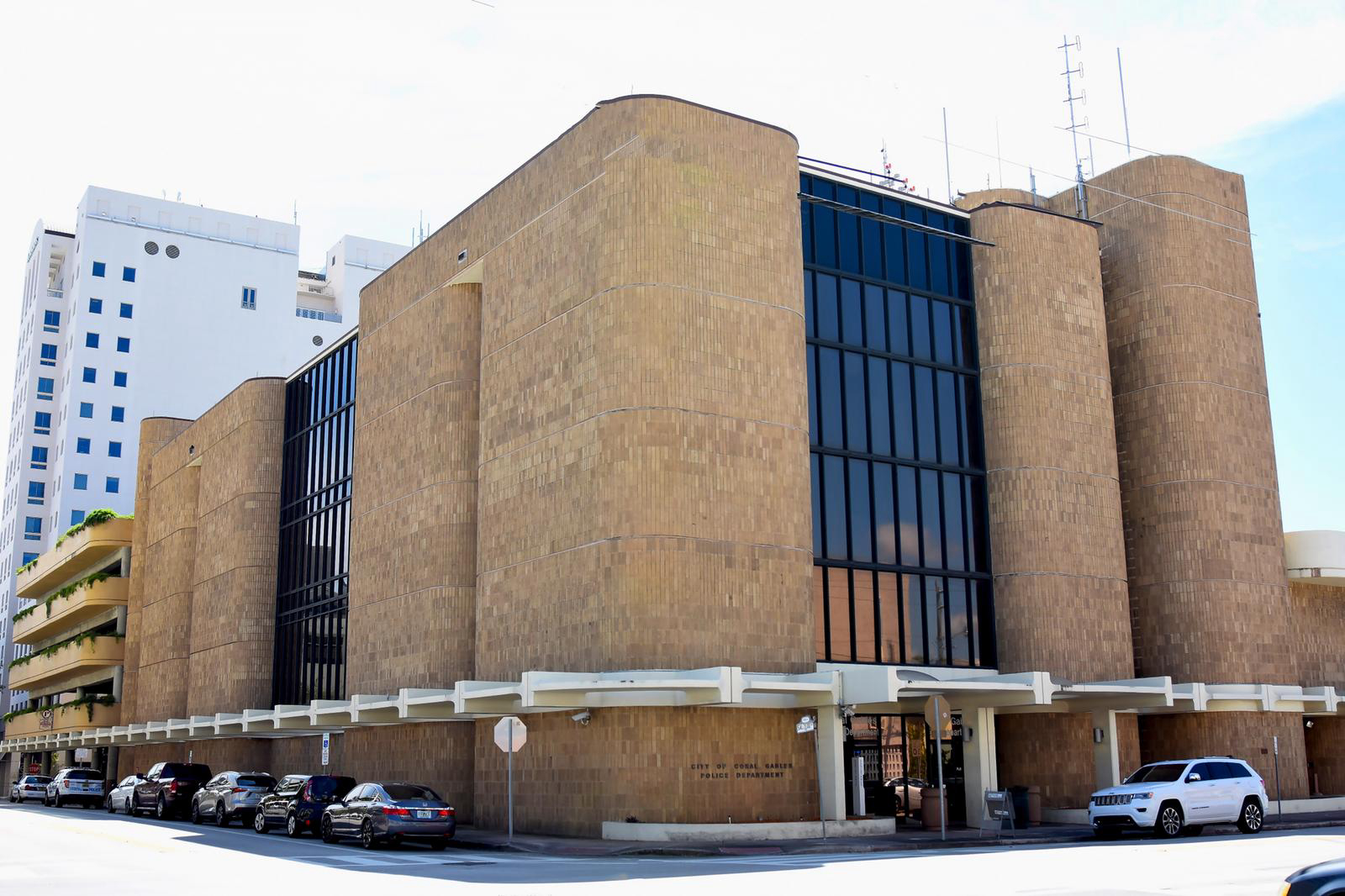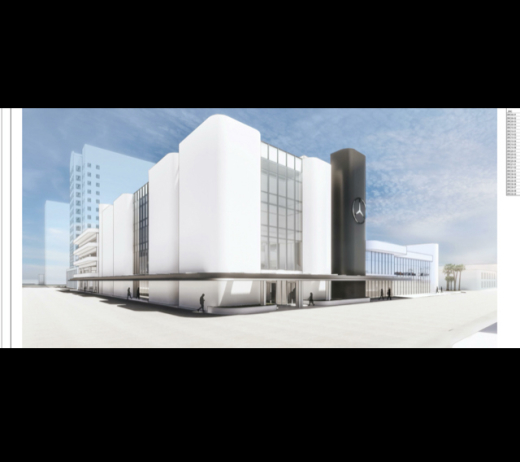Personally, Lawrence Kline, the managing director for Perkins + Will, got me at "hello" a few months ago when I read his profile in the February issue of Coral Gables Magazine. In the article, he was asked about his firm's current projects and he answered, “Right now we’re working with Mercedes-Benz of Coral Gables to repurpose the historic Coral Gables Police and Fire Station.” This revelation was music to my ears! The building was finally getting the respect it deserved. Only a few years earlier, there was talk of demolition. The news was an affirmation, and culmination, of several years of behind-the-scenes advocacy by a small number of preservationists who understood the importance and historical significance of this 1970s Brutalist-style building, when many in our city did not.
Designed by Florida architect Walter Klements, it was commissioned in a style that must have seemed radical among the city’s Mediterranean architecture when the structure was built in 1973. The beige brick building has solar glass windows and a four-story lobby framed with large glass panels. The complex includes a police station, a fire station, and a 400-space parking garage. The 45-year-old building is notable for its use of sculpted concrete massed in monumental exterior curved walls–a geographical manifestation of Tropical Brutalism. This aesthetic describes the homegrown Miami-style post-WWII period when architecture was unpretentious, strong, bold, rugged, raw and “honest”.
Yes, Brutalism’s time has come again in Coral Gables as Perkins + Will and Mercedes-Benz of Coral Gables will repurpose the historic building as the dealership’s new showroom and office. Adaptive re-use is an outcome that's becoming dearer to a preservationist’s heart. Even if it is not the optimal choice for pure preservationists such as myself.


